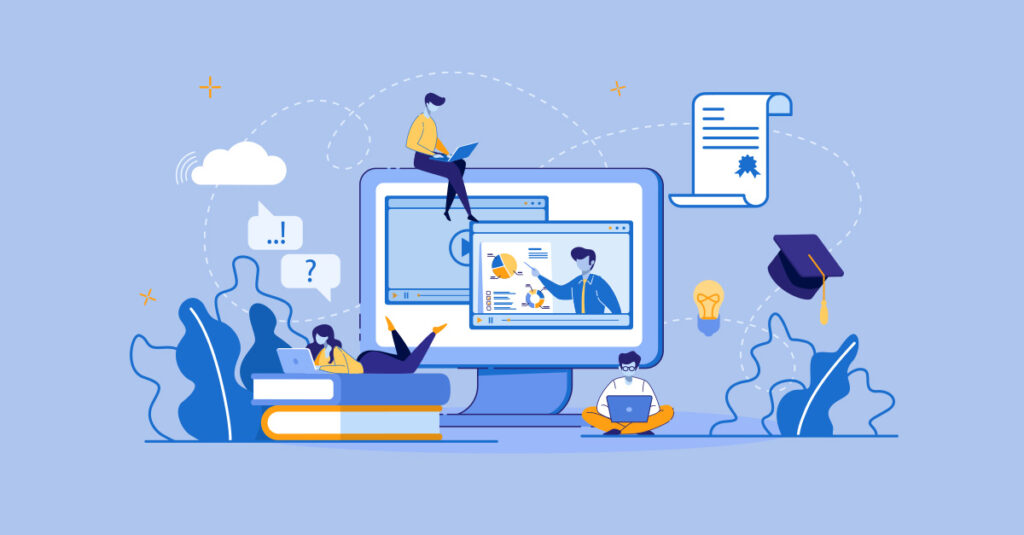Promoted as a “new virtual event where you’ll learn to adapt and rise to today’s business challenges”, the Adobe Experience Makers Live conference was held at the end of July. Feature keynote conversations with people like Dr. Brene Brown and Luvvie Ajayi Jones, the conference overlaid its point of view with reaction to the COVID crisis and issues of inclusivity. Four tracks (Digital Marketing, Data, Business Success, Influencers, and Partners) presented content focused on inspiring and empowering marketers with technology. Which, is of course Adobe’s primary business.
I went in to the conference hoping to come out with some solid tactics for better reaching and converting the B2B audiences that d.trio spends much of our time marketing to. With session titles like “Orchestrate Journeys for Stronger Customer Relationships” and “The Data Win-Win for Companies and Consumers”, that expectation didn’t seem out of reach.
The conference itself was very, very well put together. The experience was easy to use, nicely produced, and I didn’t see any real glitches or technology kerfluffles. Considering Adobe owns Marketo now, as well as teaming with a ton of other high end tech companies, that is what I expected. The sessions were all 20-30 minutes in length and generally featured a 15-minute presentation and a live 10-15 minute Q&A. The speakers were good, the pace was quick, the content in between was well chosen and interesting.
But still, I felt a little let down. Why? Maybe, because in this time of disruption, I was looking for someone to say “do this and it will work every time”. Which is, of course, impossible.
The good news is, I did walk away with at least two ideas that I think are vital. The first was a technique Brene Brown talked about that she uses in her internal staff meetings, and that we’ve implemented into our weekly staff meeting. It’s the two word check-in. Each person is given the opportunity to tell the group two words about how they are feeling. Like: Tired and motivated; Sad and anxious; Giddy and empowered. No explanation, no need to dig deeper, just two words and we move on. It gives supervisors and coworkers a heads up that they may need to have a private conversation or engage that person offline, and it’s also useful to gauge the overall mood of the team.
The other idea is applicable to the work that we’re doing now and into the future. A major theme underpinning much of the content around customer experience and relationships was the idea of empathy. That experiences based on empathy for your user base/audience/prospects/customers are going to be the most attractive and successful.
The best example given of this was in a session from Europe that I viewed accidentally by logging in too soon for my first session. A grocery retailer was discussing the uptick in online grocery purchases due to COVID. They had realized that for many people, the experience with their system was likely their first online purchase. These people didn’t blame the site when something went wrong with their order, they blamed themselves, potentially abandoning the idea of ordering groceries online and putting themselves at risk by venturing out of quarantine. So the retailer redesigned their order process, adding in green checkmarks and success signals at each step, rather than the red error notification at the end of the process. Their revenue increased, and all their measures of loyalty increased as well. Simply by identifying the underlying emotional response to an interaction, and responding to it with true, customer-focused empathy. How to use empathy in the B2B space (as well as how to define it for executives who may be put off by the word) is something we insist on using in our messaging, and have seen it pay off for our clients.
So, check in on your people, then get empathetic with your customers and prospects. Let us know if you need some help. We’re inspired and ready.
![cat[&]tonic](https://cat-tonic.com/wp-content/uploads/candt_logo-rw.png)




